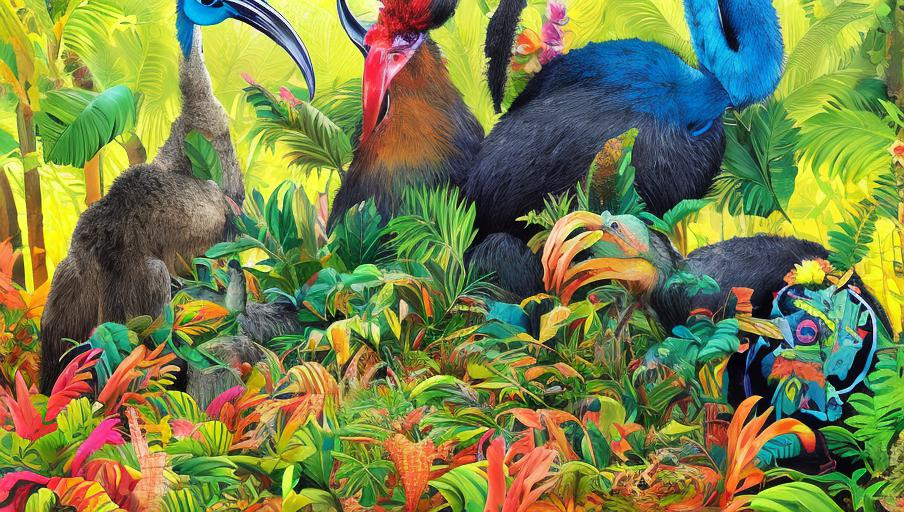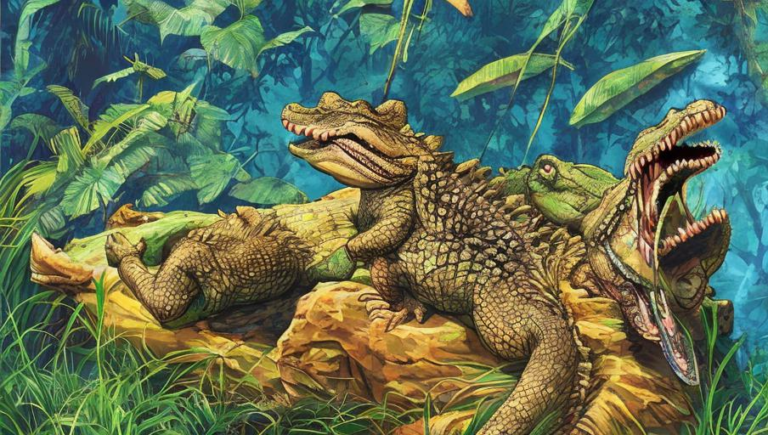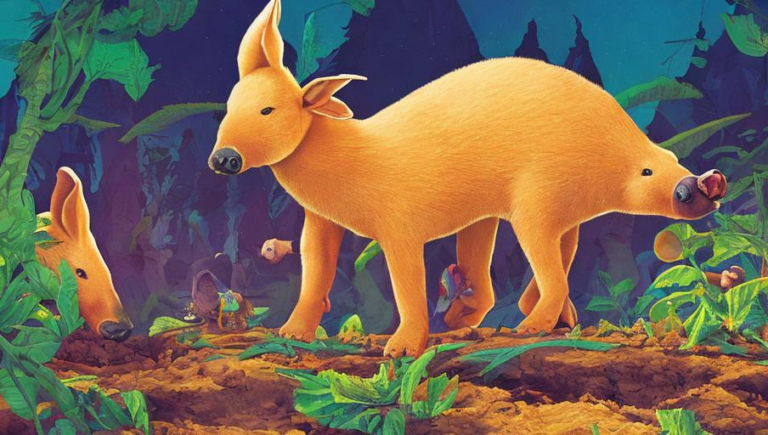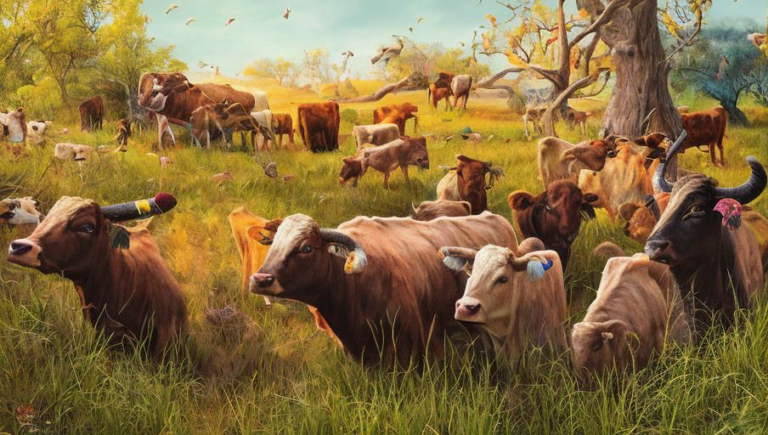Curious Cassowary Facts and Myths

The Cassowary: A Mysterious and Fascinating Creature
The cassowary is a large, flightless bird native to the tropical forests of Australia, New Guinea, and some nearby islands. It is the heaviest bird in Australia and the second-heaviest in the world, after the ostrich. It is an iconic symbol of the continent’s lush rainforests, and it has been the subject of many fascinating myths and legends. Here are some curious facts and myths about the cassowary.
Facts About the Cassowary
The cassowary is a large bird, standing about 1.5 meters (4.9 feet) tall and weighing up to 55 kilograms (121 pounds). It has a bright blue neck and head, with bright red wattles hanging from its chin. Its feathers are black and its legs are a bright yellow. The cassowary is omnivorous and eats a variety of fruits, insects, small animals, and sometimes even carrion. It is also an excellent swimmer and can dive underwater to forage for food.
The cassowary is an important part of its environment. It disperses the seeds of many plants, helping to regenerate the rainforest. It is also an apex predator, meaning it is at the top of the food chain and helps to keep the populations of other animals in balance.
Cassowary Myths and Legends
The cassowary has been the subject of many fascinating myths and legends. In some Aboriginal cultures, the cassowary was believed to be a powerful spirit and a representation of the Creator. Some Aboriginal people also believed that the cassowary was a messenger from the spirit world, and that its cries were an attempt to communicate with humans.
There are also myths about the cassowary’s ferocity and strength. Stories have been told of the cassowary charging and attacking humans, although these are likely exaggerated. In reality, the cassowary is a shy and elusive creature that will only attack if provoked.
Conservation Status
The cassowary is considered to be vulnerable, with an estimated population of fewer than 10,000 individuals. Its population has declined due to habitat loss and hunting. As a result, the cassowary is now protected in Australia and other countries. Conservation efforts are being made to ensure that the cassowary population is not further threatened.
Conclusion
The cassowary is a mysterious and fascinating creature, steeped in myth and legend. It is also an important part of the environment, helping to spread the seeds of the rainforest and keep the populations of other animals in balance. As its population continues to decline, conservation efforts must be made to ensure that the cassowary is not further threatened.





